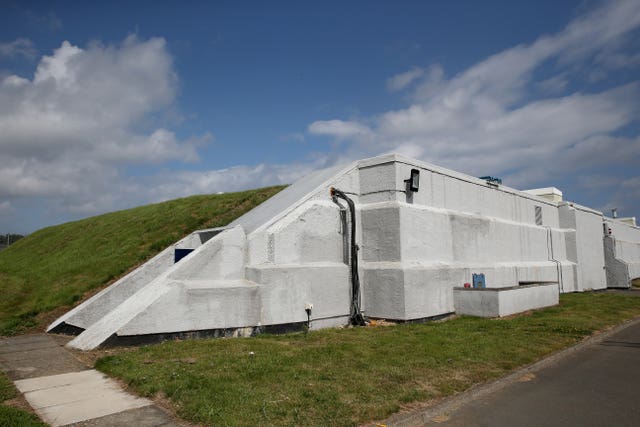How GCHQ helped shape history: From world wars to the Cuban Missile Crisis
Government Communications Headquarters is marking its centenary.

Tony Comer – who has worked for GCHQ for 36 years and has spent the last 10 as its historian – picks high-profile moments from its history.
The Zimmermann telegram:
In January 1917, GCHQ’s predecessors in Room 40 of the Admiralty produced an intelligence report that contributed to the United States, which was still neutral at that point, entering the First World War on the Allied side.
The German Foreign Minister, Arthur Zimmermann, proposed an alliance with Mexico: if the US joined the Allied side in the war and Mexico would ally itself with Germany, it would receive Texas, New Mexico and Arizona as prizes after the defeat of the Allies.
The message was intercepted by the UK and read on January 17, with its importance quickly realised.
A copy of the message between the German Embassies in Washington and Mexico City was shown to the US Embassy in London.
It was leaked to the US press and was front page in most US newspapers on March 1 1917.
Zimmermann publicly announced that the telegram was authentic, and in April the United States declared war on Germany.
Breaking the Enigma code:

Dilly Knox, one of the former British First World War codebreakers, was convinced he could break the military version of the system and set up an Enigma Research Section, comprising himself and Tony Kendrick, later joined by Peter Twinn, Alan Turing and Gordon Welchman: their success was built on a foundation of the success of Polish cryptanalysts before them.
They worked in the stable yard at Bletchley Park and that is where the first wartime Enigma messages were broken by the UK in January 1940 during the Second World War.
Cuban Missile Crisis:
The Admiralty built a wireless telegraphy station at Scarborough in 1912.
From 1914 onwards it had responsibilities for Sigint, intelligence gathering by interception of signals, as well as its ordinary communications mission.
In 1962 the US learned that the Soviet Union was secretly shipping nuclear missiles on to the island of Cuba, just 90 miles from America.

Some Soviet ships were already on their way to the island.
The question was whether they would break through the blockade. If they did, the risk was a conflict which could escalate into nuclear war.
One of the missions of the Scarborough station was to intercept position reports of Soviet merchant shipping.
This meant that it could say exactly where these vessels were, when they stopped sailing towards Cuba and when they turned around and headed back to the Soviet Union.
Reports gradually showed more ships originally bound for Cuba alter their course to return to Soviet ports.
A key report from this series – which shows the first report of a ship changing course- has just been declassified.





